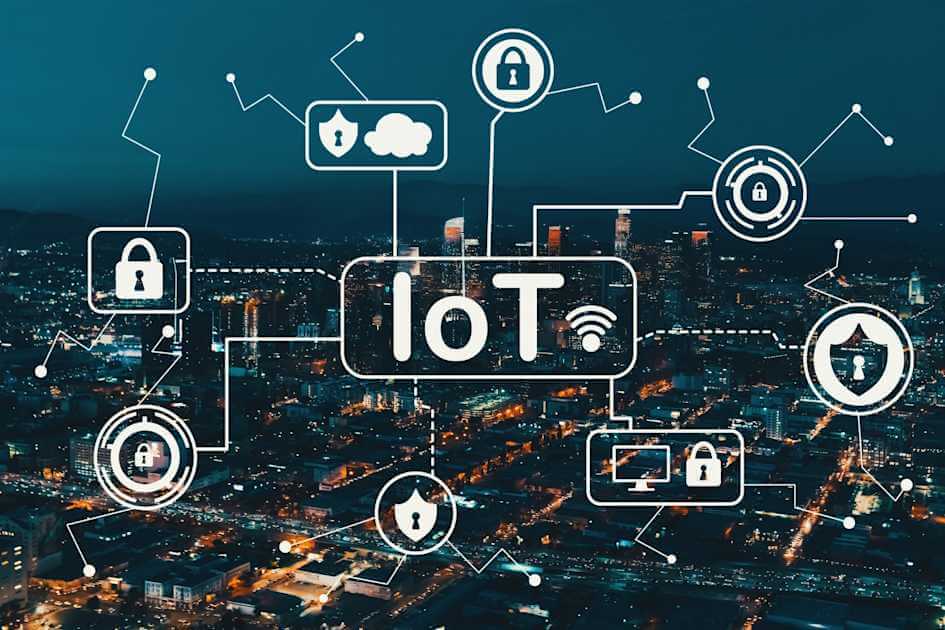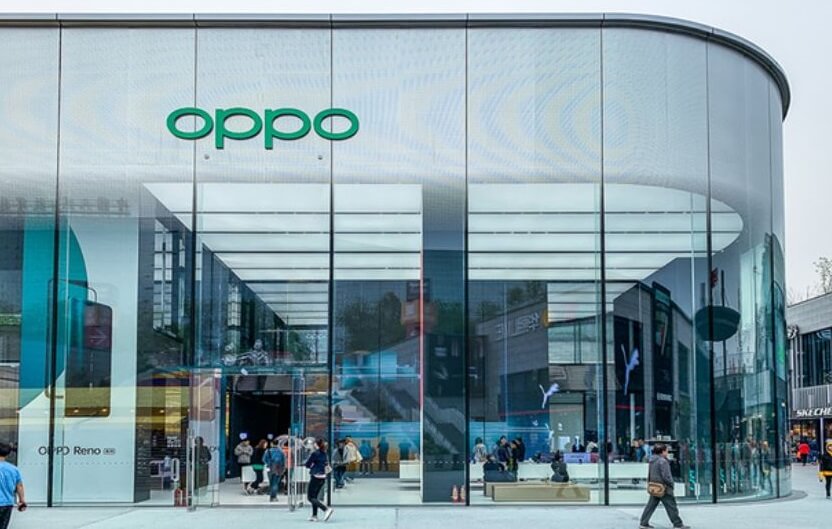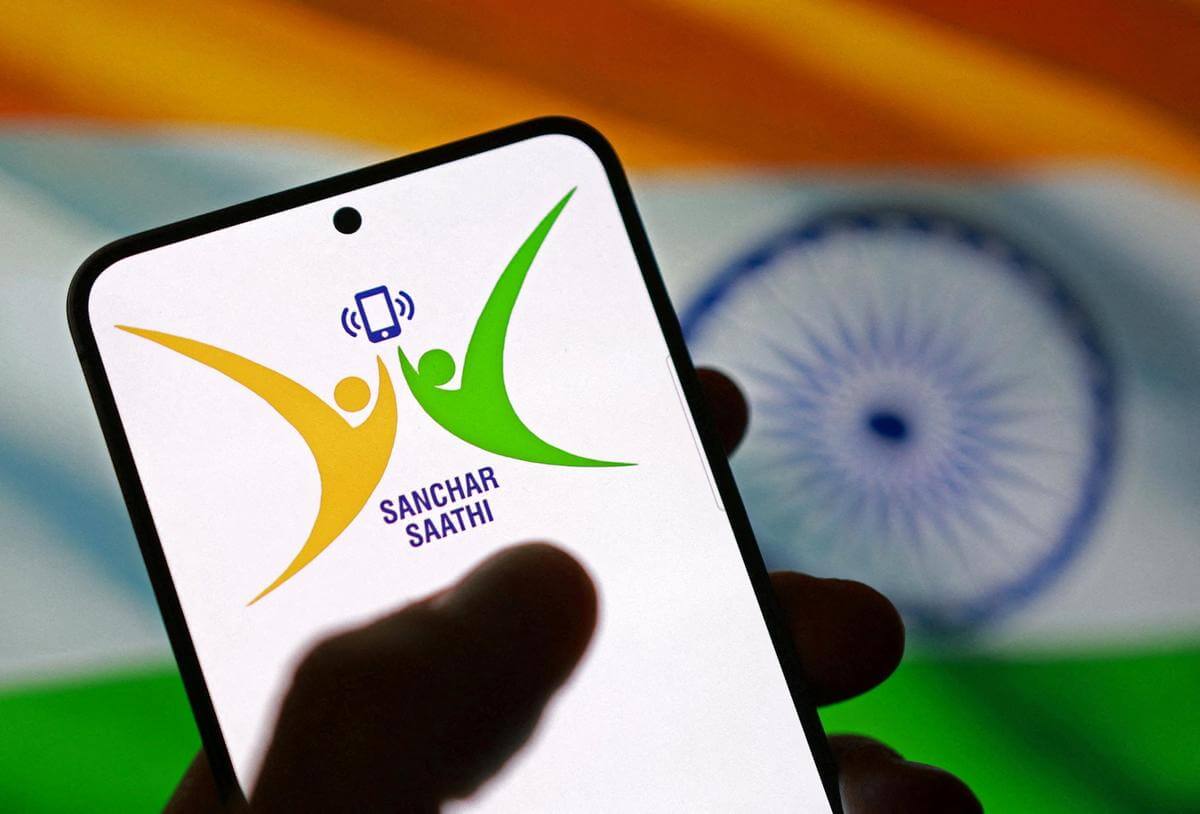The Internet of Things (IoT) is no longer a futuristic concept; it's a present-day reality transforming operations and services across a multitude of sectors. Both enterprises and public sector organizations are increasingly adopting IoT solutions, leading to significant advancements in efficiency, sustainability, and service delivery. While 2024 saw a slight slowdown in IoT spending due to macroeconomic factors, projections for 2025 and beyond indicate a strong resurgence, driven by factors like AI integration, cloud computing, and the growing importance of sustainability initiatives.
Enterprise Applications Deepen
Within the enterprise, IoT applications are becoming more sophisticated and widespread. Industries like process manufacturing and automotive have been at the forefront of IoT adoption, leveraging connected devices for real-time tracking, inventory management, and predictive logistics. These applications provide increased visibility into supply chains and enable better decision-making, leading to optimized operations and reduced costs.
Beyond these early adopters, the energy and infrastructure sectors are also demonstrating increased engagement with IoT. Utility companies are using IoT-enabled smart grids to monitor energy consumption, detect leaks, and prevent outages. This real-time monitoring allows for more efficient resource management and improved grid stability. In manufacturing, IoT sensors are tracking production line metrics like temperature, humidity, and pressure to control manufacturing conditions and ensure high-quality output. Predictive maintenance is another key application, with sensors detecting potential equipment failures before they occur, minimizing downtime and saving costs. Fleet management sees improvements through the integration of telematics, sensors, and networks to analyze data from vehicles and drivers. Real-time vehicle tracking helps managers optimize routes, avoid traffic, and enhance customer satisfaction.
Public Sector Transformation
The public sector is also experiencing a significant transformation through IoT adoption. Smart city initiatives are gaining traction globally, with cities implementing IoT solutions for traffic management, waste disposal, and public safety. For example, cities are using IoT-enabled systems to monitor traffic flow, adjust traffic lights in real-time, and guide drivers to available parking spots. Smart waste management systems use sensors to monitor fill levels in bins, optimizing collection routes and reducing unnecessary trips. These applications not only improve efficiency but also enhance the quality of life for residents.
In healthcare, IoT is enabling remote patient monitoring, allowing healthcare providers to track vital signs and manage chronic conditions remotely. This is particularly beneficial for elderly or disabled patients, reducing the need for frequent hospital visits. IoT is also being used to track and manage hospital assets, ensuring that equipment is readily available when needed. For public safety, smart surveillance systems are enhancing security and improving response times to emergencies.
Key Enablers and Future Trends
Several factors are driving the growth of IoT adoption in both the enterprise and public sectors. The increasing availability of affordable sensors, combined with advancements in connectivity technologies like 5G and LPWAN, are making it easier and more cost-effective to deploy IoT solutions. Moreover, the integration of AI and machine learning is enabling more sophisticated data analysis and automation, unlocking new possibilities for IoT applications.
Looking ahead, several key trends are expected to shape the future of IoT. AIoT, the fusion of AI and IoT, is enabling smarter, autonomous systems that can make real-time decisions based on data collected from connected devices. Edge computing is another important trend, allowing data processing to occur closer to the source, reducing latency and improving responsiveness. Sustainability is also a major driver, with IoT solutions being used to monitor and manage energy consumption, reduce waste, and promote environmental conservation.
Challenges and Considerations
Despite the numerous benefits, there are also challenges associated with IoT adoption. Data privacy and security are major concerns, particularly in the public sector where sensitive citizen data is involved. Ensuring the security of IoT devices and networks is crucial to prevent cyberattacks and data breaches. Interoperability is another challenge, as different devices and systems may not be compatible with each other. Addressing these challenges will require strong security policies, robust data governance frameworks, and open standards to promote interoperability.




















